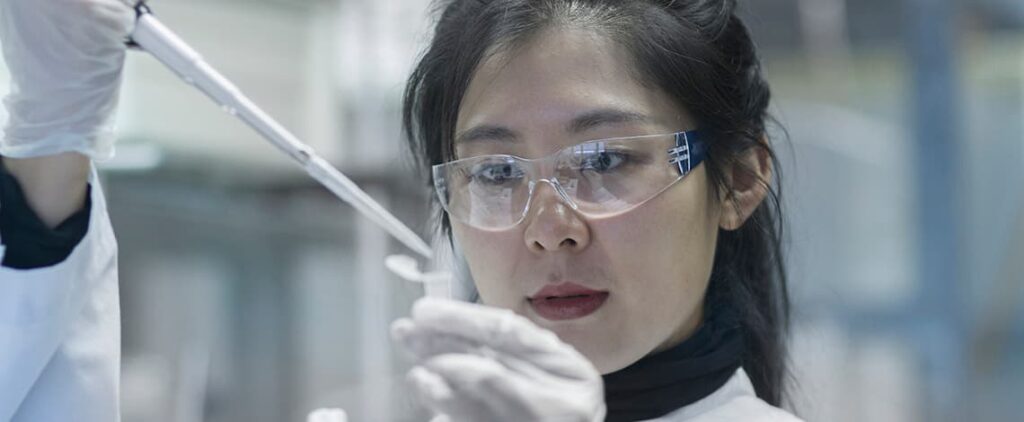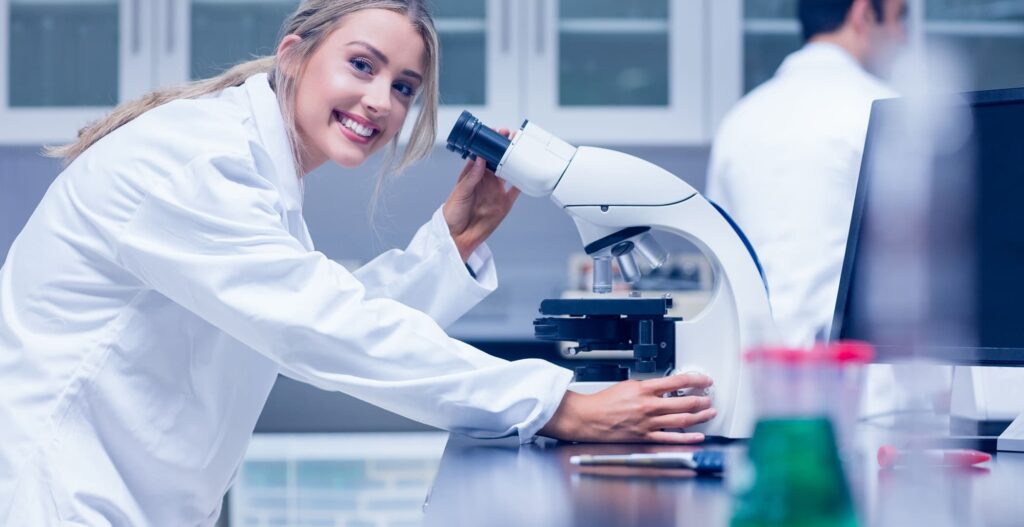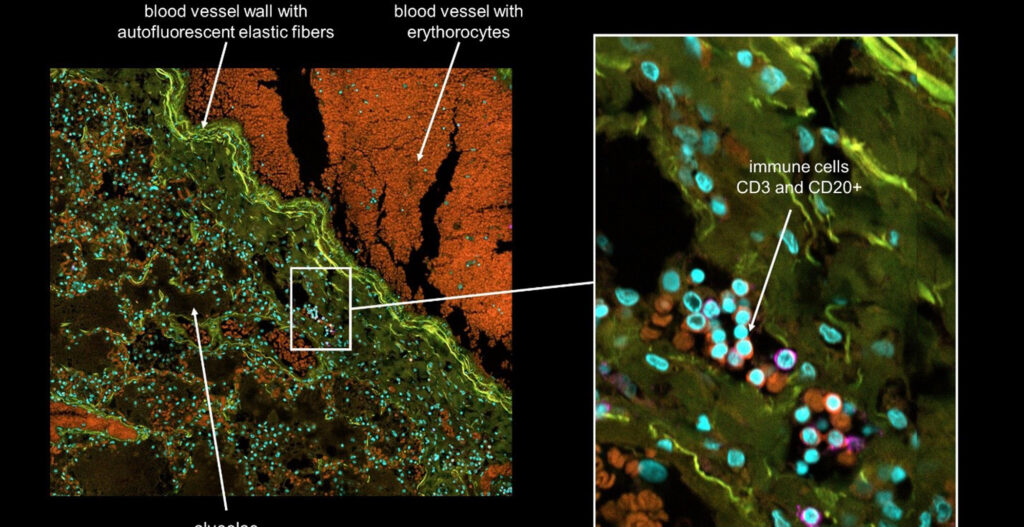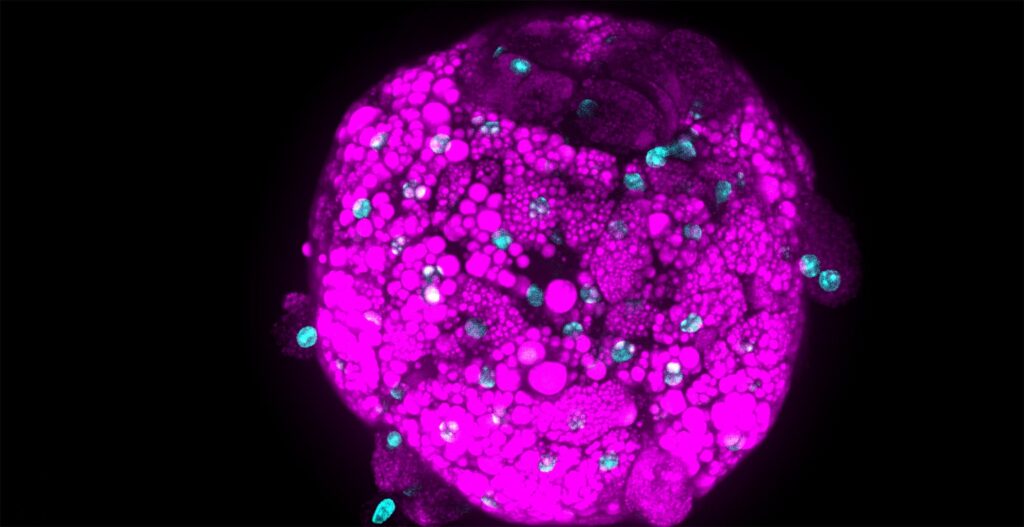All good things are worth waiting for
That would make a great motto for the people who develop new drugs or engage in research on the cell level. The ongoing development of new and ever more effective drugs would be impossible without the very latest analytical and synthesis techniques. Such as genetic engineering laboratories, supercomputers, and robotic analyzers, to name but a few. New pharmaceuticals invariably entail relatively high costs (several billion euros). Did you know that the average time to market is more than thirteen years?
[spacer space=50 space_mobile=10]
To live means to change
The human body is constantly changing – it’s an experience we all go through every day of our lives. Unfortunately, these changes are not always desirable – such as another gray hair, the first wrinkle or a few extra inches around the waist. However, none of this is actually going to kill you. It’s a different story, though, when physical changes trigger diseases. Luckily for us, in the twenty-first century there are plenty of drugs available to treat them – and the number is steadily rising. The downside is that many remedies which have been around for a long time eventually lose their effectiveness because our body adapts to them or changes in some way or other.
New drugs wanted
An active pharmaceutical ingredient (API) – a substance with a curative, or at least soothing, the effect on the patient – forms the basis for every drug in the market.
If someone is ill due to a lack of particular substances, the solution is obvious: that substance has to be manufactured or extracted. The patient is advised to take a medication containing the substance in question, for example, iron tablets.
However, pharmaceutical researchers usually have to start by finding a point in the human organism where this substance – the API – will act; we refer to this as the “target”. In most cases, the target is a molecule that plays a central role in the disease process. The fact that even comparatively harmless diseases involve a large number of molecules, of which only a very few are suited as targets, complicates the matter still further.
The search for the right target
Once a target has been identified, the search begins for ingredients that can potentially act on it in the desired way. The properties of the API molecules must allow them to bind to target molecules. Put simply, the key has to fit the lock. The bond between the API molecule and the target molecule modifies the target’s functionality – ideally producing precisely the desired action. After all, a lock can only be opened if the key fits exactly (modified behavior).
Several hundred thousand – if not millions of – different substances must be subjected to extensive trials before the research team finally discovers which molecules bind to which targets. Does that surprise you? This selection process could also be carried out manually, of course, though that would be very inefficient.
How can you develop drugs faster?
So-called high throughput screening (HTS) systems are generally used for this purpose. These systems are mainly designed for high-speed screening of cell groups rather than detailed scans of individual cells. High content analysis (HCA) systems, on the other hand, are also capable of detecting changes (to various parameters) in the interior of a cell.
CellVoyager 7000S is a state-of-the-art HCA system that enables new drugs to be developed much more efficiently, for example, because by allowing cell functions to be analyzed in real-time. At the heart of this system is a confocal microscope which forms part of an ingenious scanner unit. The latter permits cells to be irradiated by relatively powerful laser beams without damaging the cell structure in any way. The fluorescence which is subsequently emitted by the cells is detected by three sCMOS cameras, then evaluated and analyzed with special software based on the specification. Where do you use laser technology in your daily work?
What must be must be
Having found the right substance – the term used in the industry is a “hit” – and investigated and optimized it as comprehensively as possible, the researchers can now apply for a patent. The drug then enters the preclinical development stage, which lasts for quite a while, upfront of its final approval.
Would you like to learn more about CellVoyager 8000? If so, just write a comment.




